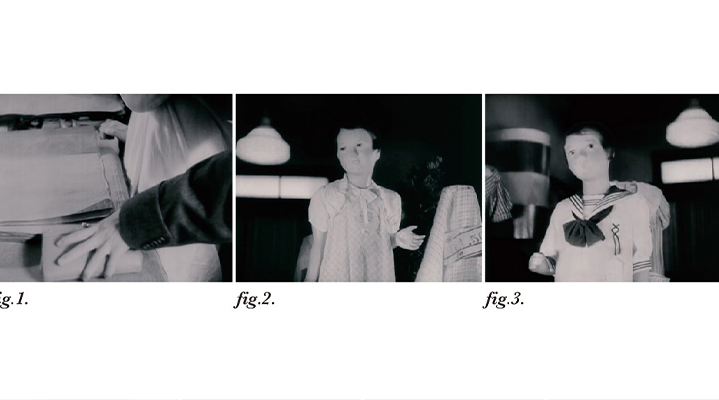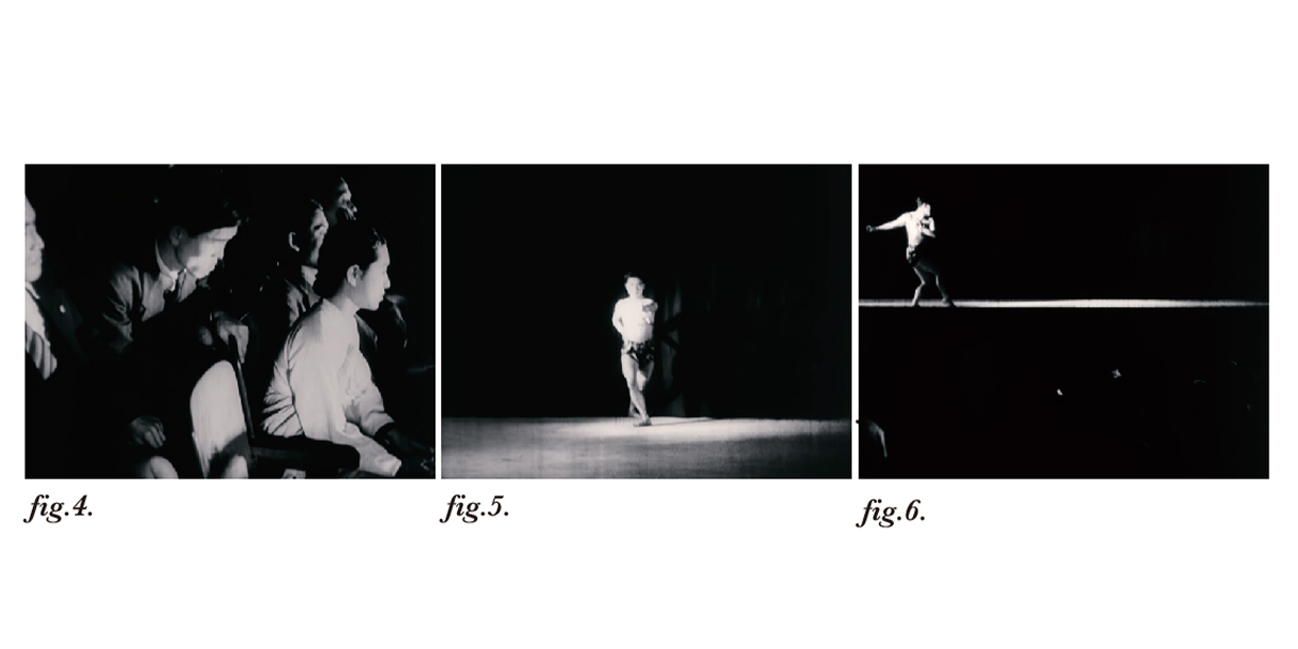Analyzing Colonial Korean Film, Sweet Dream (1936) : From the Perspective of Affect Theory
Eun-ji Song Film, Animation & Media Studies LAB
Eun-ji Song
| Film, Animation & Media Studies LAB
Since the introduction of cinema to the Korean Peninsula in the early 1900s, the dissemina- tion of film was closely linked to Imperial Japan's assimilation policies. Throughout the colonial period, Imperial Japan sought to mobilize the public through the cinema. In 1937, with the outbreak of the Second Sino-Japanese, the colonial state aimed to propagate national policies through film synchronistically and homogeneously to foster a cohesive population.
In 1936, the year Sweet Dream was released, the colonial state's women policy was closely intertwined with the 'semi-wartime' regime, just before the start of the Second Sino-Japanese War. During this period, the colonial state needed to prepare for the war and required women to embody the role of 'Hyeonmoyangcheo,' which means 'Wise Mother and Good Wife' to cultivate soldiers who would serve the colonizer. For this reason, desires of women that expended beyond their gender role as wives and mothers were suppressed. Along with these requirements of the colonizer, the 'Sin Yeoseong,' which means 'New Woman,' who confronts gender roles as a 'Hyeonmoyangcheo,' was a target of moral criticism. In the film Sweet Dream, the protagonist, Ae-Soon (Moon Ye-bong), signifies the stereotype of the New Woman and is presented as a character destined for a punitive fate. However, when we focus on the affective aspect of the film, Sweet Dream can be interpreted as a resistant text that enables colonial Korean spectators to experience an indirect and momentary deviation from the colonial situation.
[speaker]
Eunji Song is a Ph.D. student in Film, Animation & Media Studies at the Graduate School of Advanced Imaging Science, Multimedia & Film, Chung-Ang University, Seoul, Korea and her current research focuses on Korean film history. In her master's thesis, titled 'Wartime Colonial Korean Cinema and Affect,' she analyzed the contextual and textual aspect of wartime colonial Korean cinema in the perspective of affect theory, exploring the possibilities that Korean spectators watched the films autonomously without being sutured into Imperial Japan’s ideology.

















